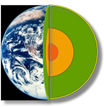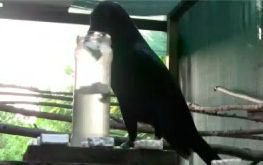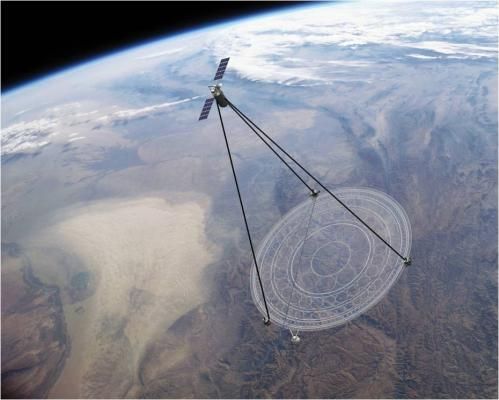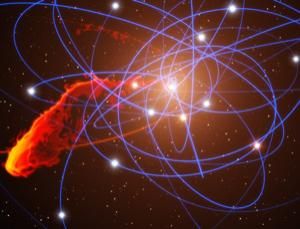
The hollow ball, which appears to be made of "two halves welded together," has a rough surface, a 14-inch diameter and measures 43 inches around. The strange globe created a crater 13 inches deep and almost 12.5 feet wide, but was found almost 60 feet from the landing spot. Paul Ludik, the police forensics director investigating the case, says the dense ball weighs 13 pounds and is made of a "metal alloy known to man."
"It is not an explosive device, but rather hollow," said police deputy inspector general Vilho Hifindaka. "We had to investigate all this first."
Hifindaka are still stumped as to what the object is and where it came from. NASA and the European Space Agency will reportedly help investigate the strange occurrence.
Local eyewitnesses said they heard a series of booming explosions a few days before the ball was discovered. Authorities say that this phenomenon, while mysterious, is nothing new. Space balls of this nature have been found over the last few decades in countries in Central America and in Australia.











